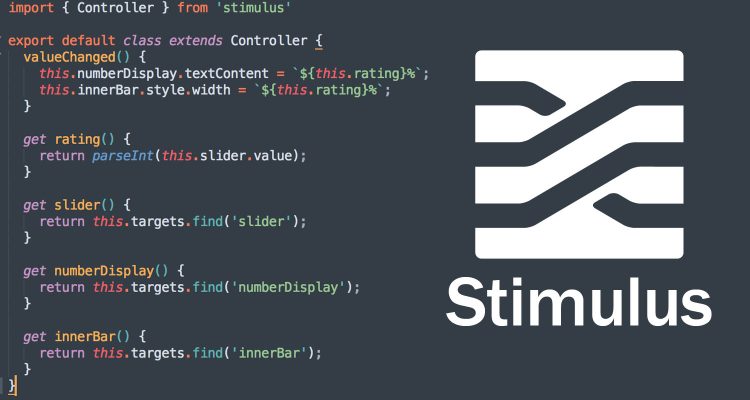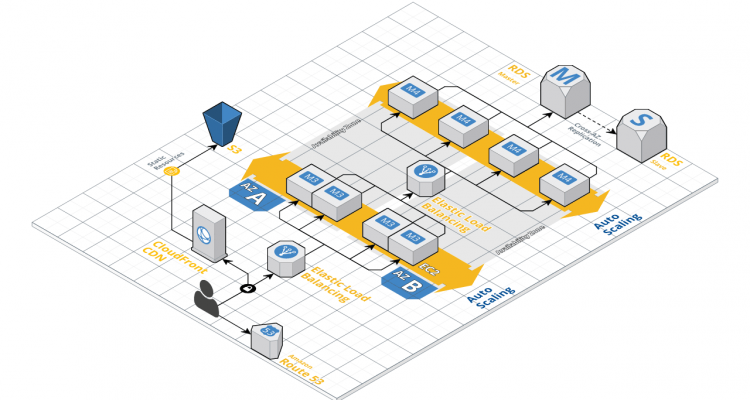An intro to Stimulus JS: well-factored JavaScript for server-rendered applications
Stimulus is a JavaScript framework from Basecamp that provides consistent conventions and hooks for JavaScript that manipulates the DOM in server-rendered applications. It aims to fill some gaps that have always existed for developers who embrace a traditional server-rendered paradigm (and who may also be using libraries like Turbolinks or PJAX) but who also need to integrate one-off functionality in JavaScript. Stimulus does not at all concern itself with client-side (nor isomorphic) rendering and emphatically does not aim to be a heavy-client app framework like React, Angular or Vue.js. Instead it was created to support apps that are server-rendered first, and that rely on custom JavaScript where appropriate for UI enhancement.
In the existing paradigm, at least as concerns Ruby on Rails applications, it has been up to the developer to decide how to structure whatever custom JavaScript they have beyond UJS and SRJ responses. Stimulus gives us strong conventions to replace the ad-hoc or custom/bespoke approaches we may have previously taken to such work.









